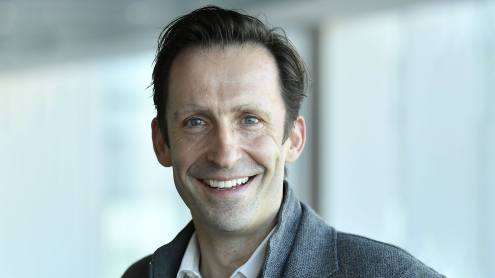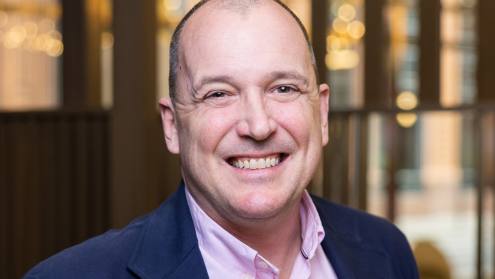Technology chiefs at the world's fastest exchanges sit at the bleeding edge of corporate IT. Few know this better than Carl-Magnus Hallberg, senior vice-president, global IT services at mega-exchange operator Nasdaq OMX, whose remit includes day-to-day management of all the exchange's IT operations and services, from desktops and e-mail to the exchange operator's trading systems (excluding the trading system software development). Mr Hallberg, who became part of Nasdaq OMX following Nasdaq's acquisition of the Nordic exchange operator OMX in 2007, is also responsible for overseeing the management of the exchange's extensive network and the relating challenges regarding network speed or latency - no small task in today's hyper-competitive equities market.
Indeed, in a business where a microsecond can constitute millions of dollars, latency is a touchy industry subject. For Nasdaq OMX and NYSE Euronext, maintaining ultra-low latency is absolutely crucial as upstart contenders BATS Exchange and Direct Edge continue to cannibalise their market share. Providing server space inside the exchanges' own data centres, in a business model known as co-location, is now a critical service by which the incumbents can offer their speed-hungry members a means of shaving milliseconds off their trade roundtrip. "Within the US market we have gone very far in latency on our system," says Mr Hallberg. Nasdaq OMX now offers a 250-microsecond roundtrip from the moment a member message hits the edge of the exchange's network to the moment it shoots back out again, with a capacity of 1 million messages per second, says Mr Hallberg. "We have come very far in the race."







